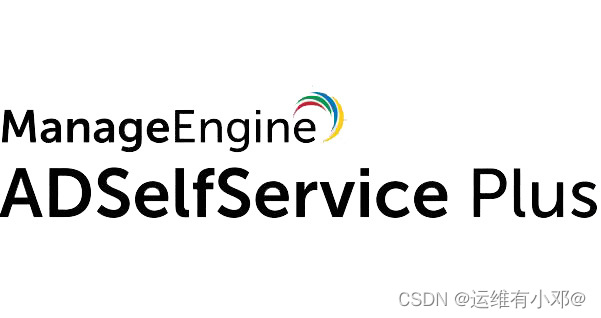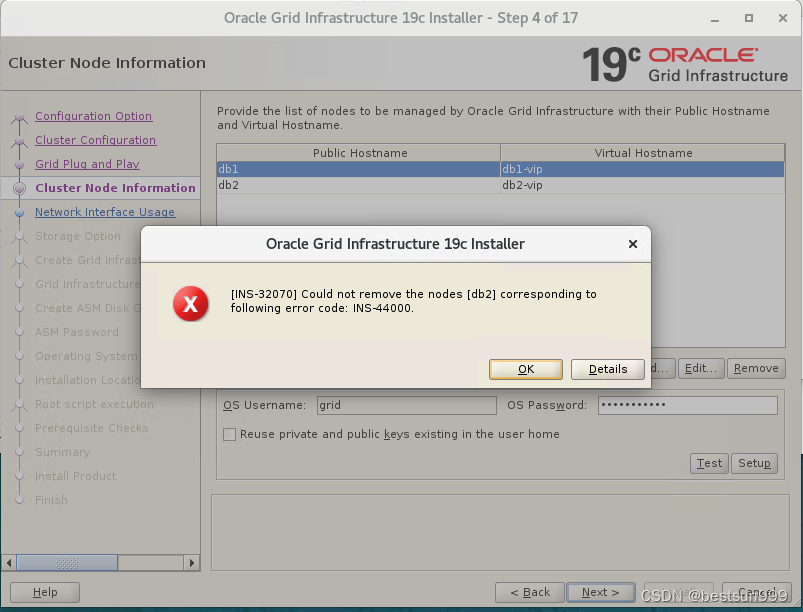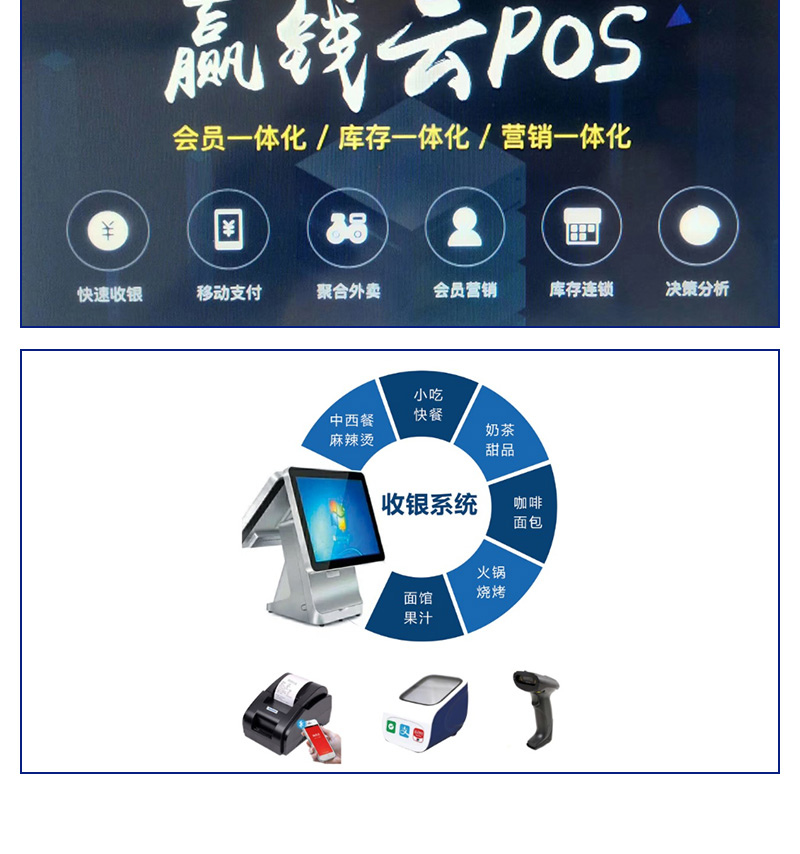什么是CompletableFuture?
CompletableFuture 类实现了 Future 和 CompletionStage 接口并且新增了许多方法,它支持 lambda,通过回调利用非阻塞方法,提升了异步编程模型。简单来说可以帮我们实现任务编排。【文中所有代码已上传码云】
CompletableFuture的创建
先来看一个创建例子,后续再展开说说这个类中的方法:
CompletableFuture<String> completableFuture = new CompletableFuture<>();
completableFuture.complete("Hello CompletableFuture");
System.out.println(completableFuture.get());需要注意的是当我们对不完整的 CompleteableFuture调用 get 方法的话,会由于 Future 未完成,因此 get 调用会一直阻塞。
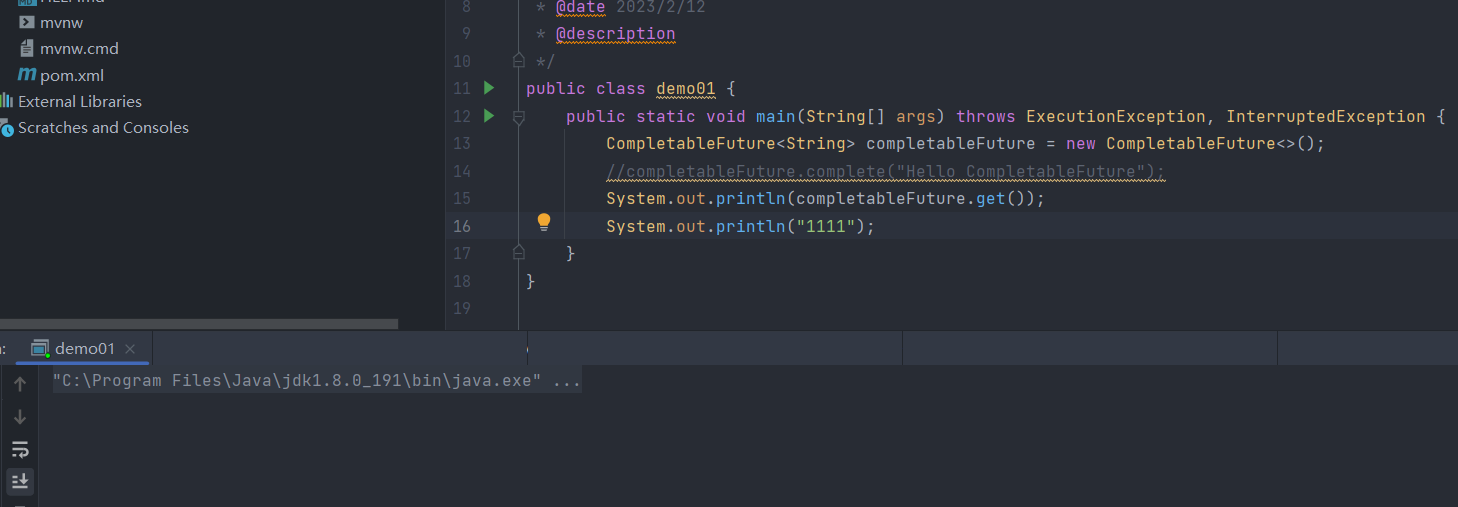
创建异步任务
CompletableFuture 提供了四个静态方法来创建异步任务。
public static <U> CompletableFuture<U> supplyAsync(Supplier<U> supplier);
public static <U> CompletableFuture<U> supplyAsync(Supplier<U> supplier, Executor executor);public static CompletableFuture<Void> runAsync(Runnable runnable);
public static CompletableFuture<Void> runAsync(Runnable runnable, Executor executor);没有指定Executor的方法会使用ForkJoinPool.commonPool() 作为它的线程池执行异步代码;如果指定线程池,则使用指定的线程池运行。
static Executor screenExecutor(Executor e) {if (!useCommonPool && e == ForkJoinPool.commonPool())return asyncPool;if (e == null) throw new NullPointerException();return e;}二者的区别很明显,supplyAsync有返回值,runAsync方法无返回值。我们通过静态方法会立刻开启异步线程执行Supplier或者Runnable提交的任务。任务执行完成,就可以打印返回值,不再需要其它线程主动调用complete来表示任务执行完成。
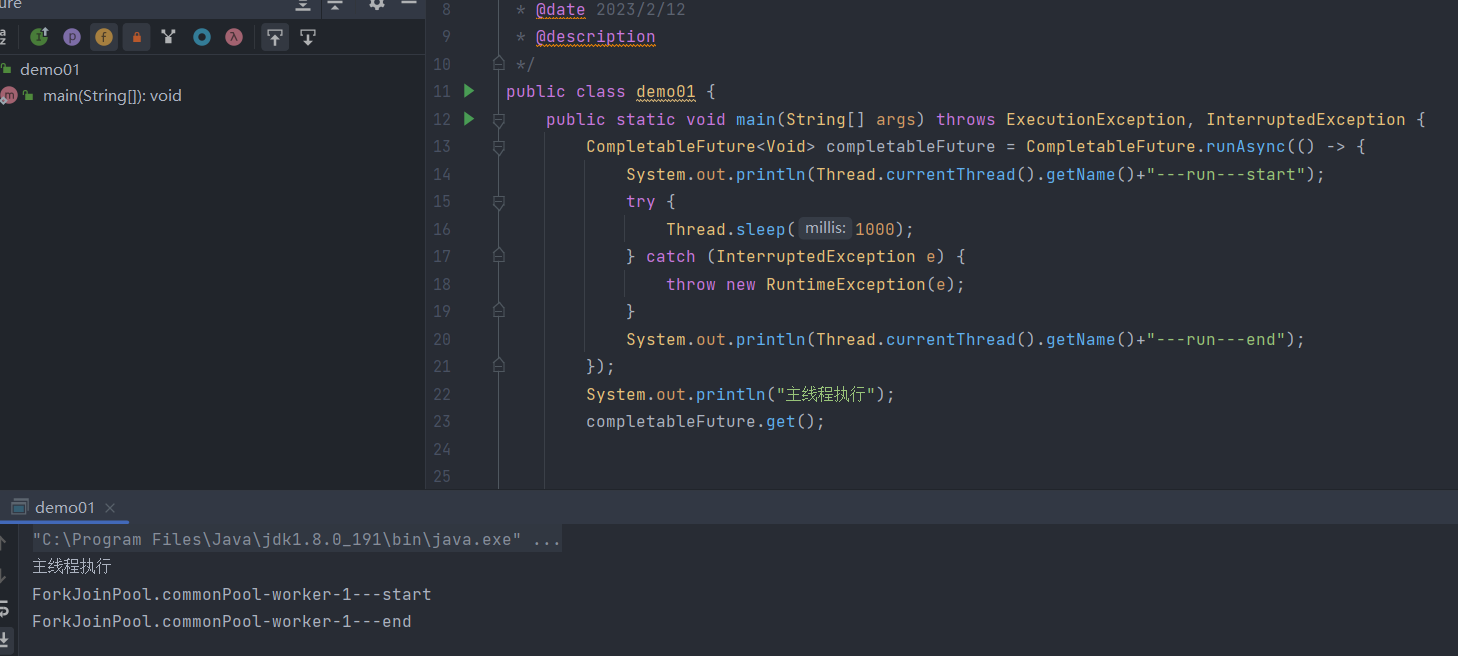
获取任务执行结果
public T get();
public T get(long timeout, TimeUnit unit);
public T getNow(T valueIfAbsent);
public T join();get()和get(long timeout, TimeUnit unit)是实现了Future接口的功能,两者主要区别就是get()会一直阻塞直到获取到结果,get(long timeout, TimeUnit unit)值可以指定超时时间,当到了指定的时间还未获取到任务,就会抛出TimeoutException异常。
getNow(T valueIfAbsent):就是获取任务的执行结果,但不会产生阻塞。如果任务还没执行完成,那么就会返回你传入的 valueIfAbsent 参数值,如果执行完成了,就会返回任务执行的结果。

join():跟get()的主要区别就是,get()会抛出检查时异常,join()不会。
任务完成后的处理
whenComplete
public CompletableFuture<T> whenComplete(BiConsumer<? super T,? super Throwable> action)
public CompletableFuture<T> whenCompleteAsync(BiConsumer<? super T,? super Throwable> action)
public CompletableFuture<T> whenCompleteAsync(BiConsumer<? super T,? super Throwable> action, Executor executor)
public CompletableFuture<T> exceptionally(Function<Throwable,? extends T> fn)whenComplete是等任务完成后继续执行whenComplete的action,这里也能看出执行action的是主线程
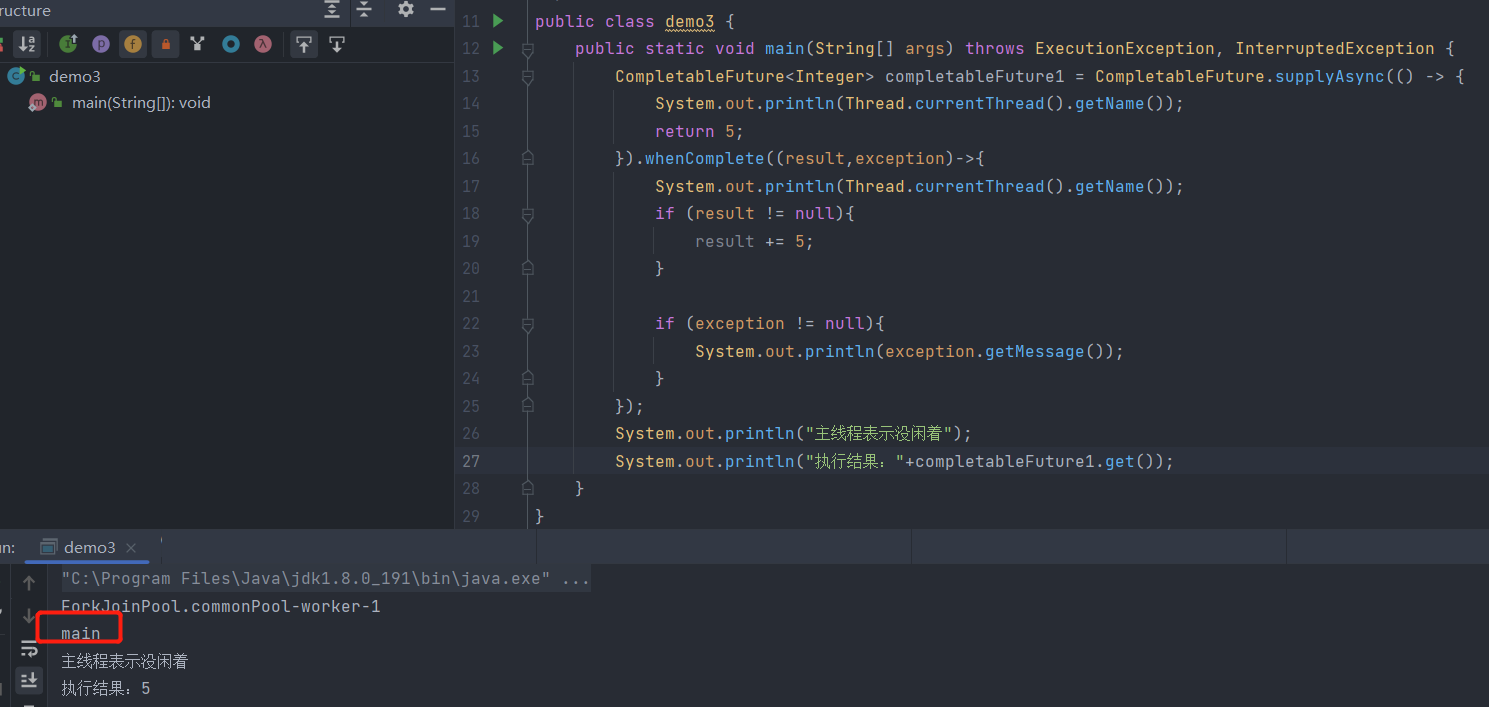
如果有异常,当主线程在获取任务结果时就会抛出异常。
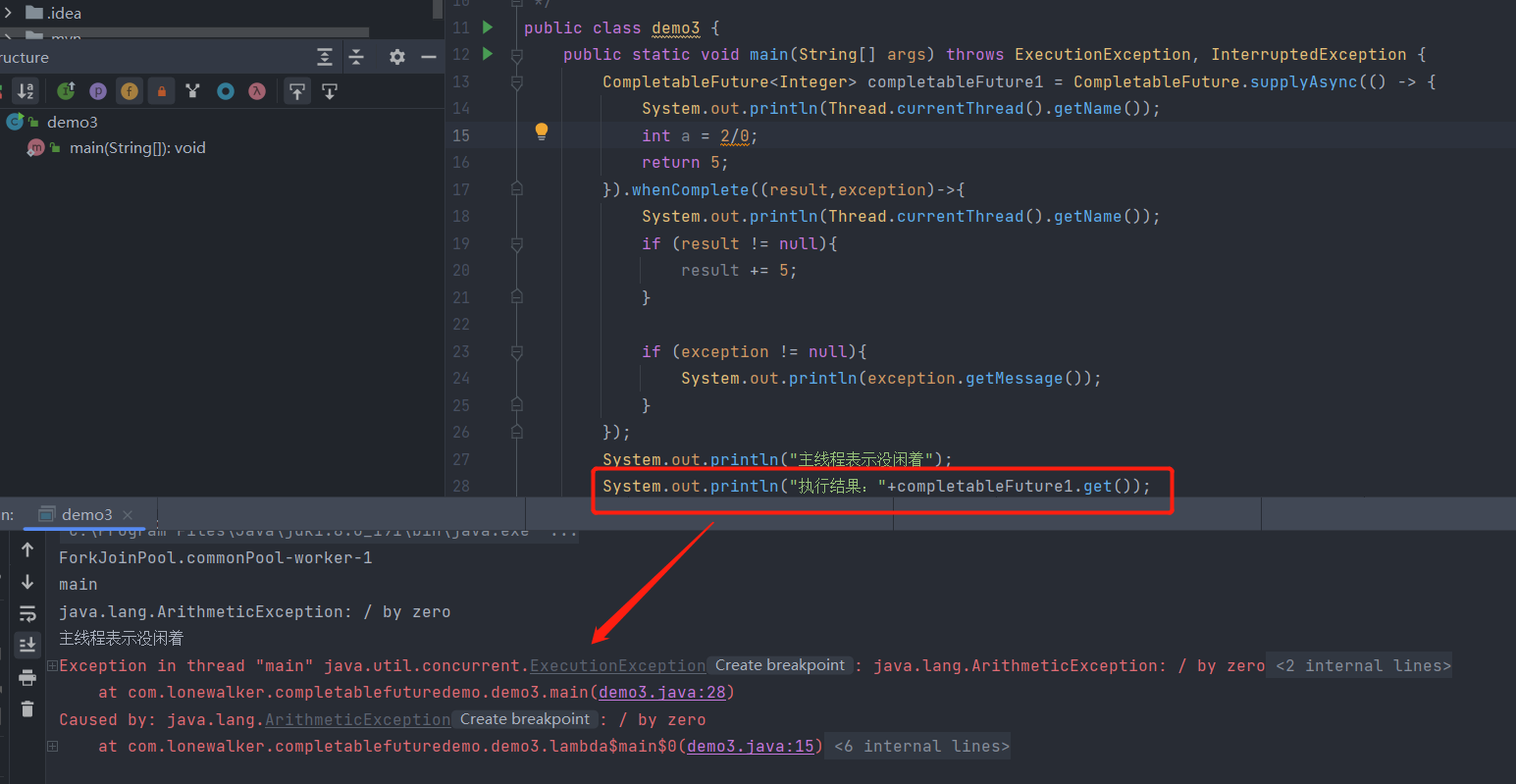
而whenCompleteAsync是通过异步线程去执行action
exceptionally
任务执行过程中出现异常的时候,会回调exceptionally方法指定的回调,但是如果没有出现异常,是不会回调的。


thenApply
当线程B依赖于线程A的执行结果时,可以使用thenApply方法来把这两个线程串行化
public <U> CompletableFuture<U> thenApply(Function<? super T,? extends U> fn)
public <U> CompletableFuture<U> thenApplyAsync(Function<? super T,? extends U> fn)
public <U> CompletableFuture<U> thenApplyAsync(Function<? super T,? extends U> fn, Executor executor)将supplyAsync方法里的结果(Integer)作为thenApply方法里Function接口的apply方法的入参

如果有异常thenApply就不会执行
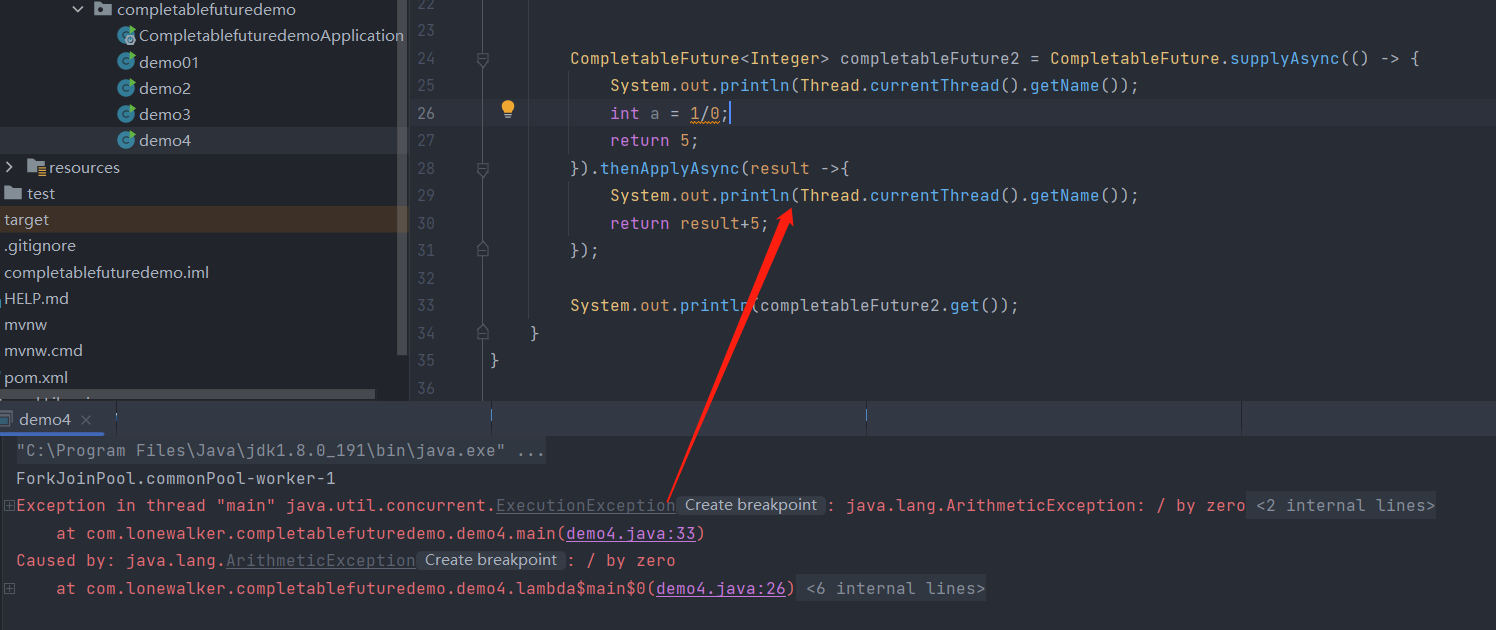
handle
public <U> CompletionStage<U> handle(BiFunction<? super T, Throwable, ? extends U> fn);
public <U> CompletionStage<U> handleAsync(BiFunction<? super T, Throwable, ? extends U> fn);
public <U> CompletionStage<U> handleAsync(BiFunction<? super T, Throwable, ? extends U> fn,Executor executor);不同于thenApply的是handle里的方法是在supplyAsync/runAsync执行后一定会执行。

thenAccept
public CompletionStage<Void> thenAccept(Consumer<? super T> action);
public CompletionStage<Void> thenAcceptAsync(Consumer<? super T> action);
public CompletionStage<Void> thenAcceptAsync(Consumer<? super T> action,Executor executor);不同于上述的方法,thenAccept纯消费无返回值。
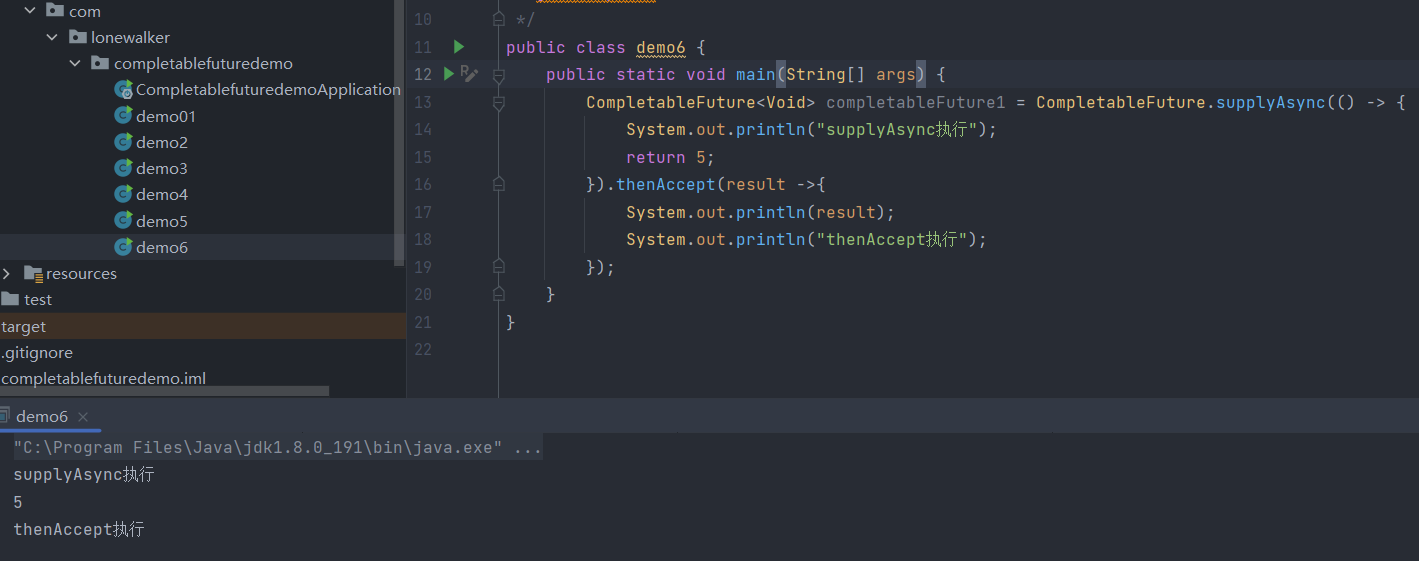
组合任务
thenCompose
这个方法也是线程B需要用到线程A的结果,不同于thenApply的是:thenCompose()用来连接两个CompletableFuture,返回值是新的CompletableFuture;thenApply()转换的是泛型中的类型,是同一个CompletableFuture。
public <U> CompletableFuture<U> thenCompose(Function<? super T,? extends CompletionStage<U>> fn)
public <U> CompletableFuture<U> thenComposeAsync(Function<? super T,? extends CompletionStage<U>> fn)
public <U> CompletableFuture<U> thenComposeAsync(Function<? super T,? extends CompletionStage<U>> fn, Executor executor)thenCombine
会把两个CompletableFuture的任务都执行完成后把结果一块交给thenCombine来处理,并生成新的CompletableFuture任务。
public <U,V> CompletionStage<V> thenCombine(CompletionStage<? extends U> other,BiFunction<? super T,? super U,? extends V> fn);
public <U,V> CompletionStage<V> thenCombineAsync(CompletionStage<? extends U> other,BiFunction<? super T,? super U,? extends V> fn);
public <U,V> CompletionStage<V> thenCombineAsync(CompletionStage<? extends U> other,BiFunction<? super T,? super U,? extends V> fn,Executor executor);谁调用的thenCombine,则BiFunction的第一个参数就是它的结果。
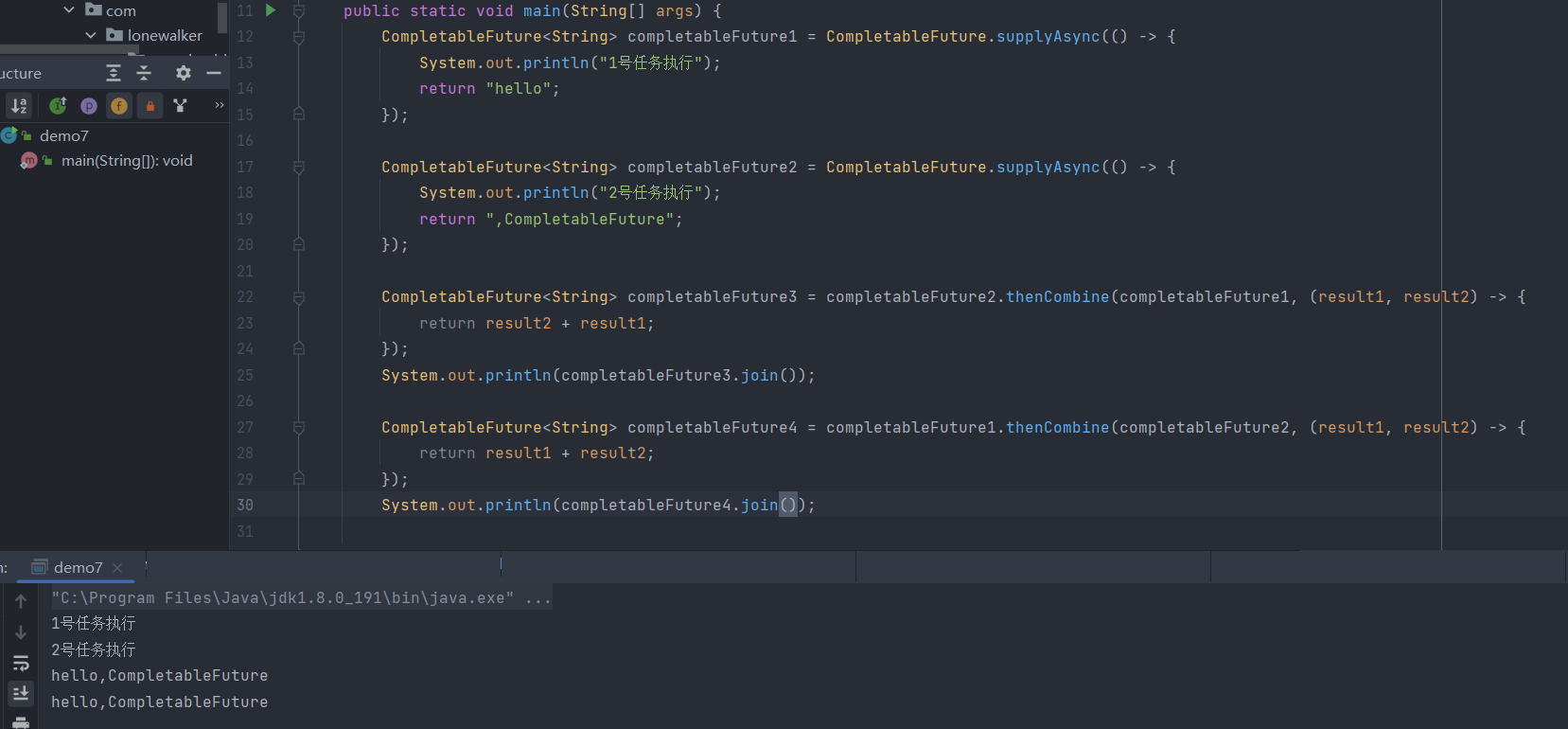
其他方法
allOf
allOf方法的入参是多个CompletableFuture任务,返回类型是CompletableFuture<Void>,allOf方法是等所有的CompletableFuture都执行完后再执行计算,一般后面会跟链式的thenApply方法或者thenAccept方法对所有的异步任务进行汇总处理。
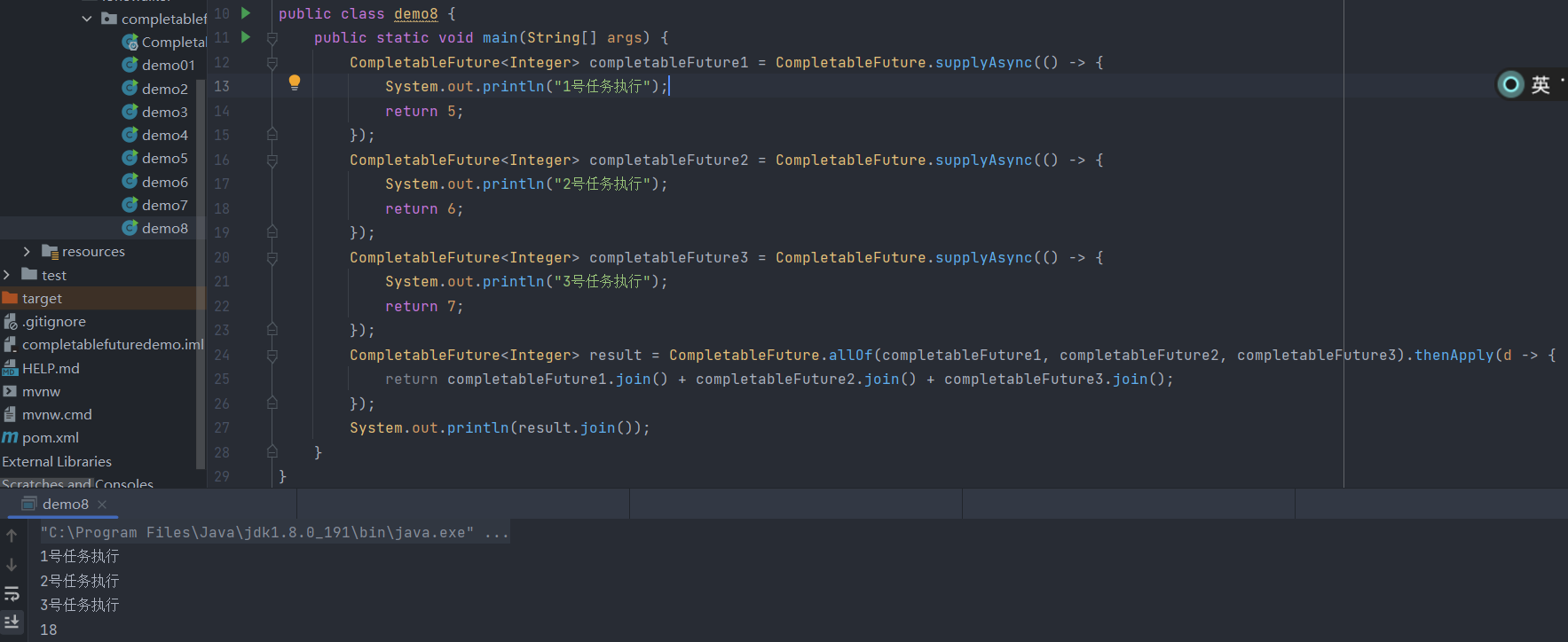
anyOf
anyOf方法入参也是多个CompletableFuture任务,返回类型是CompletableFuture<Object>,anyOf方法只要有一个CompletableFuture任务完后就执行。

